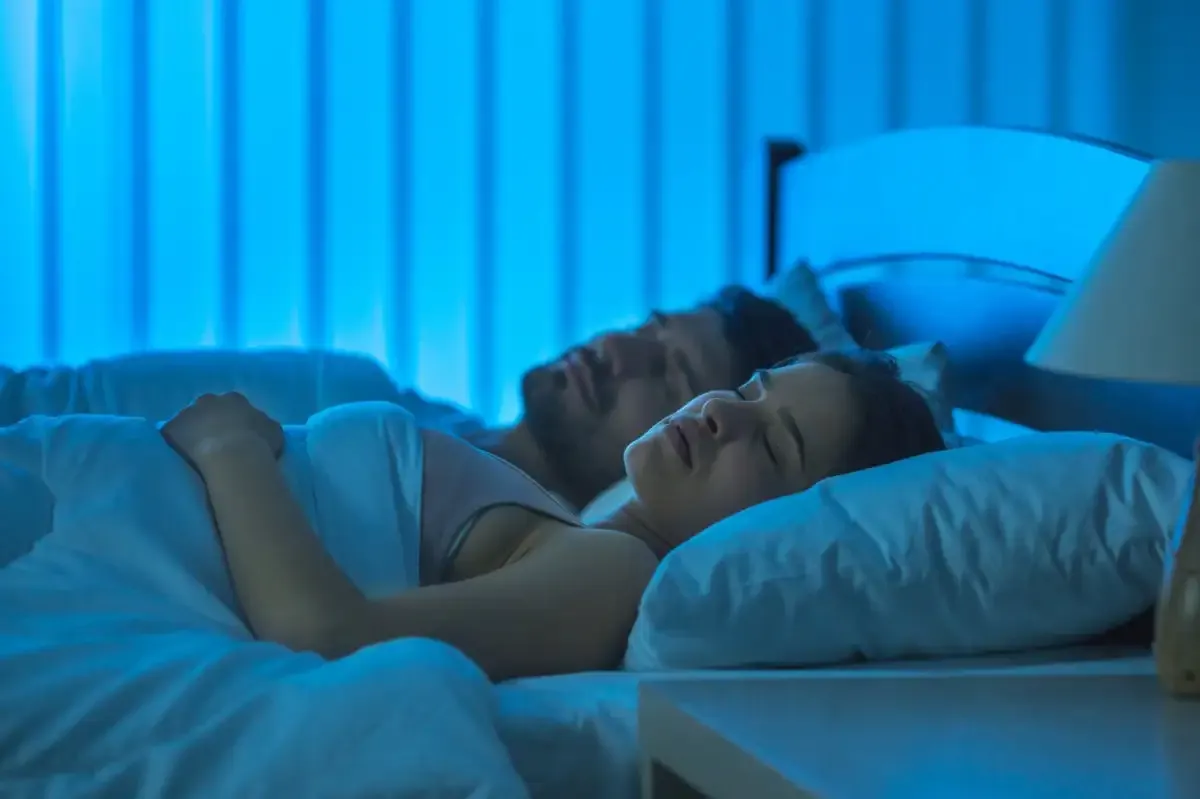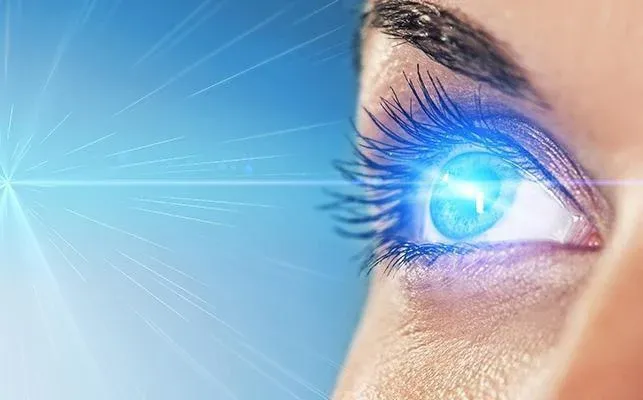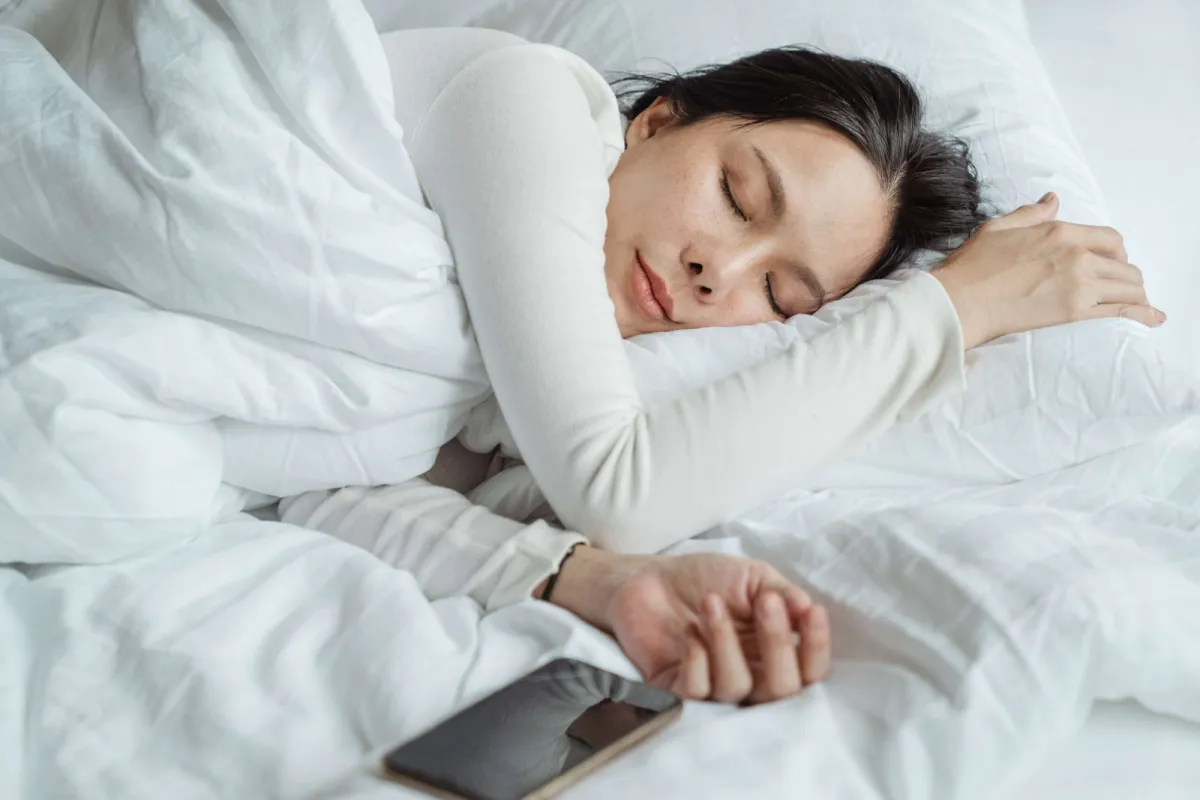Understanding Blue Light and Its Sources
Exploring the Impact of Blue Light on Sleep and Eye Health
FSDAVCFEBFEVSDDVFSD
FSDAVCFEBFEVSDDVFSD
FSDAVCFEBFEVSDDVFSD
Definition and Characteristics
In today's hyper-connected world, digital screens are everywhere. We rely on smartphones, tablets, computers, and TVs for work, entertainment, and communication. This widespread use has raised concerns about the effects of blue light emitted from these devices on our health. Blue light is a high-energy visible light with a short wavelength.
It's naturally present in sunlight but is also emitted by digital screens and LED lighting. While exposure to natural blue light during the day can help boost alertness and mood, artificial blue light, especially in the evening, can disrupt our sleep and harm our eyes. The focus of this article is to analyze how blue light affects sleep patterns and eye health.
In today's hyper-connected world, digital screens are everywhere. We rely on smartphones, tablets, computers, and TVs for work, entertainment, and communication. This widespread use has raised concerns about the effects of blue light emitted from these devices on our health. Blue light is a high-energy visible light with a short wavelength.

It's naturally present in sunlight but is also emitted by digital screens and LED lighting. While exposure to natural blue light during the day can help boost alertness and mood, artificial blue light, especially in the evening, can disrupt our sleep and harm our eyes. The focus of this article is to analyze how blue light affects sleep patterns and eye health.

Understanding Blue Light
Blue light is part of the visible light spectrum, with a wavelength range of 380 to 500 nanometers. It has the shortest wavelength and the highest energy among the visible light The primary natural source of blue light is the sun. Exposure to sunlight during the day helps regulate our circadian rhythm, which is our body's natural sleep-wake cycle. This exposure can boost alertness, mood, and cognitive function, making it beneficial for overall well-being during daylight hours.
Artificial blue light comes from digital screens (such as smartphones, tablets, computers, and TVs), LED lights, and fluorescent lighting. Unlike natural blue light, prolonged exposure to artificial blue light, especially during the evening, can disrupt sleep patterns and cause digital eye strain. This is because blue light affects the production of melatonin, a hormone that regulates sleep, making it harder to fall asleep and stay asleep.
Understanding the differences between natural and artificial blue light sources is essential for managing its impact on sleep and eye health. Implementing strategies to reduce artificial blue light exposure can help maintain a healthy circadian rhythm and protect your eyes from strain.
Blue Light Effect on Sleep Patterns

Blue light has a significant impact on melatonin production, a hormone that regulates sleep. Melatonin levels rise in the evening, signaling to our body that it is time to sleep. However, exposure to blue light from screens can suppress melatonin production.
Studies have shown that blue light exposure in the evening can delay the onset of melatonin production, reducing its levels by more than 50% compared to dim light environments. This suppression can last for several hours, making it difficult to fall asleep and stay asleep. Disrupted sleep patterns due to blue light exposure can lead to insomnia, fatigue, and cognitive impairment.

When melatonin production is suppressed, it becomes harder to fall asleep, resulting in reduced sleep quality and shorter sleep duration. Over time, this can contribute to chronic sleep deprivation, which negatively affects both mental and physical health. People may experience increased stress, difficulty concentrating, and a higher risk of developing conditions such as obesity and heart disease.
Research has consistently shown that blue light exposure before bedtime can disrupt the natural sleep-wake cycle, also known as the circadian rhythm. For example, a Harvard study found that blue light exposure can shift circadian rhythms by up to three hours, making it more difficult for individuals to fall asleep at their usual time. Additionally, the Sleep Foundation notes that limiting blue light exposure in the evening can help improve sleep quality by allowing the body to produce adequate melatonin.
Effects of Blue Light on Eye Health
Digital eye strain, or computer vision syndrome, results from prolonged screen use on devices like computers, smartphones, and tablets. Common symptoms include eye fatigue, dryness, blurry vision, headaches, and neck and shoulder pain. These issues arise because we blink less when looking at screens, leading to dry, irritated eyes. Poor lighting conditions, glare, and improper viewing distances also contribute to eye strain. Adjusting screen settings, taking regular breaks, and ensuring proper ergonomics can help mitigate these problems.
Potential Long-Term Effects and Eye Health Studies
Long-term blue light exposure may increase the risk of age-related macular degeneration (AMD). Blue light penetrates deep into the eye, reaching the retina and potentially causing damage over time, harming light-sensitive cells. This damage may lead to AMD, a leading cause of vision loss in older adults. Several studies indicate that blue light impacts melatonin production, disrupting sleep patterns and overall eye health. Blue light can cause digital eye strain and may contribute to long-term retinal damage. Using blue light filters, adjusting screen brightness, and following the 20-20-20 rule (taking a 20-second break every 20 minutes to look at something 20 feet away) can help reduce these risks.
Long-term blue light exposure may increase the risk of age-related macular degeneration (AMD). Blue light penetrates deep into the eye, reaching the retina and potentially causing damage over time, harming light-sensitive cells. This damage may lead to AMD, a leading cause of vision loss in older adults. Several studies indicate that blue light impacts melatonin production, disrupting sleep patterns and overall eye health. Blue light can cause digital eye strain and may contribute to long-term retinal damage. Using blue light filters, adjusting screen brightness, and following the 20-20-20 rule (taking a 20-second break every 20 minutes to look at something 20 feet away) can help reduce these risks.
5: Myopia Progression Control Using Ortho-K
A pivotal advantage of Ortho-K is its ability to control the progression of myopia, particularly in children. This treatment is highly valued for its preventive capabilities, as it effectively slows down the elongation of the eyeball that typically accompanies myopia progression. By maintaining a more stable eye structure, Ortho-K reduces the risk of children developing high levels of myopia, which can lead to more severe eye health issues later in life. This benefit makes Ortho-K an excellent preventive strategy for young patients at risk of rapid myopia progression.
Beyond merely correcting vision, Ortho-K offers a non-invasive alternative to traditional corrective measures like glasses or daytime contact lenses. Children who are active in sports or other physical activities benefit significantly from the freedom and convenience that Ortho-K provides, eliminating the worry of losing or damaging eyewear during play. Also, the reduction in myopia progression afforded by Ortho-K also translates to a lower likelihood of developing serious complications such as retinal detachment, glaucoma, and cataracts in the future.
The nightly use of specially designed contact lenses to reshape the cornea has proven effective in providing clear daytime vision without the need for surgery. This method is not only safe but also customizable to each patient's unique eye structure, ensuring optimal results. Parents can rest assured knowing that Ortho-K not only improves their child's vision but also plays a crucial role in long-term eye health maintenance. The comprehensive approach of Ortho-K in managing and mitigating the risks associated with high myopia underscores its value as a proactive eye care solution.
Adjust Screen Brightness and Follow the 20-20-20 Rule
Setting the appropriate screen brightness is crucial for reducing eye strain. The screen brightness should match the ambient lighting of your environment. If your screen is too bright compared to your surroundings, it can cause glare and discomfort. Conversely, a screen that is too dim can make your eyes work harder to see clearly. Adjusting the brightness settings on your devices and using automatic brightness adjustment features can help maintain optimal screen brightness throughout the day.
The 20-20-20 rule is a simple yet effective strategy to prevent digital eye strain. Every 20 minutes, take a 20-second break and look at something 20 feet away. This practice helps relax the eye muscles and reduces fatigue caused by prolonged screen time. Regular breaks allow your eyes to recover and can significantly reduce symptoms of digital eye strain.
By incorporating both appropriate screen brightness and the 20-20-20 rule into your daily routine, you can better manage eye strain and maintain eye health. These simple adjustments not only make screen use more comfortable but also contribute to overall well-being by reducing the adverse effects of prolonged screen exposure.
Limit Screen Time Before Bed and Create a Screen-Free Bedroom
Avoiding screens before bedtime is important for maintaining healthy sleep patterns. Blue light from screens can interfere with melatonin production, making it harder to fall asleep. Try to avoid using electronic devices at least an hour before bed. Instead, engage in relaxing activities such as reading a book, meditating, or taking a warm bath.
These activities can help signal to your body that it’s time to wind down and prepare for sleep. Creating a screen-free environment in the bedroom can promote better sleep. Avoiding the use of electronic devices in the bedroom helps reinforce the space as a place for rest and relaxation. Keep screens out of the bedroom and use an alarm clock instead of your phone to wake up. This habit can improve sleep quality and establish healthier bedtime routines.

Avoiding screens before bedtime is important for maintaining healthy sleep patterns. Blue light from screens can interfere with melatonin production, making it harder to fall asleep. Try to avoid using electronic devices at least an hour before bed. Instead, engage in relaxing activities such as reading a book, meditating, or taking a warm bath.

These activities can help signal to your body that it’s time to wind down and prepare for sleep. Creating a screen-free environment in the bedroom can promote better sleep. Avoiding the use of electronic devices in the bedroom helps reinforce the space as a place for rest and relaxation. Keep screens out of the bedroom and use an alarm clock instead of your phone to wake up. This habit can improve sleep quality and establish healthier bedtime routines.
Summing Up the Importance of Managing Blue Light Exposure
Understanding and managing blue light exposure is vital for maintaining good eye health and proper sleep patterns. Excessive blue light, especially from screens, can disrupt sleep and cause digital eye strain. By taking practical steps such as using blue light filters, adjusting screen brightness, and following the 20-20-20 rule, you can reduce these negative effects.
Additionally, creating a screen-free bedroom and wearing blue light blocking glasses can further protect your eyes and improve sleep quality. Adopting healthy screen habits will benefit both your vision and overall well-being. For more tips and information, visit our website. For more detailed information and tips, visit our website.

Contact Info
Hours of Operation
Mon - Fri | 9:00 AM - 5:00 PM
Sat - Sun | Closed
Holiday Hours: We are closed for the following holidays: New Years Day, Memorial Day, Independence Day, Labor Day, Thanksgiving Day, Christmas Day
© 2025 Kleinwood Vision. All rights Reserved.


